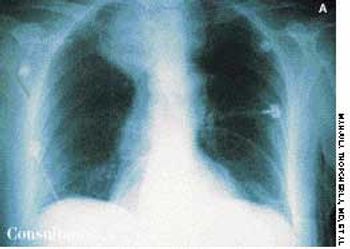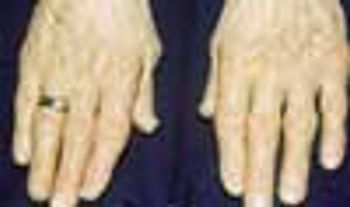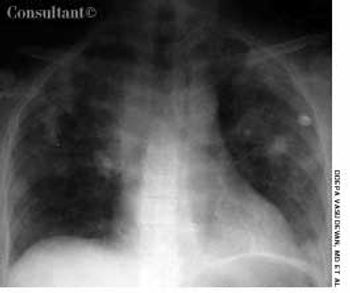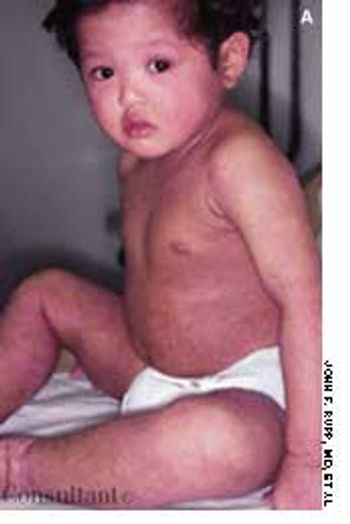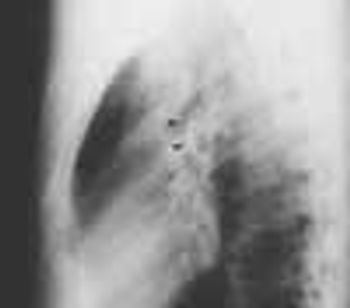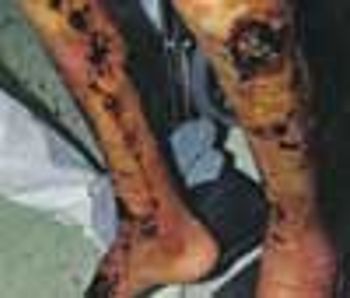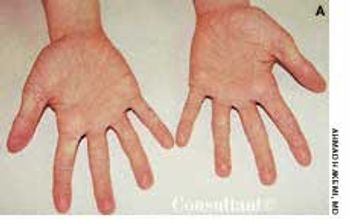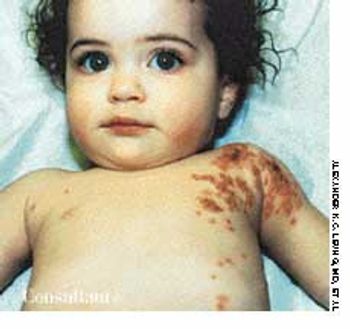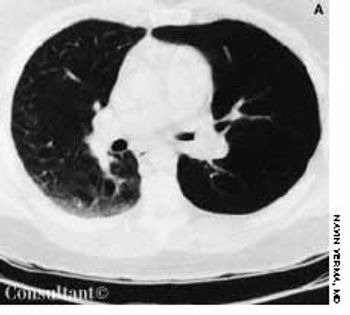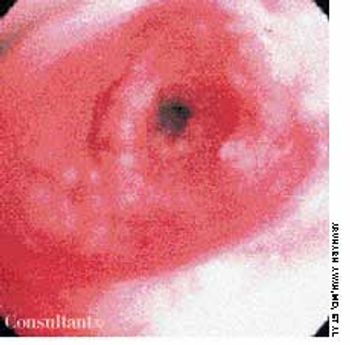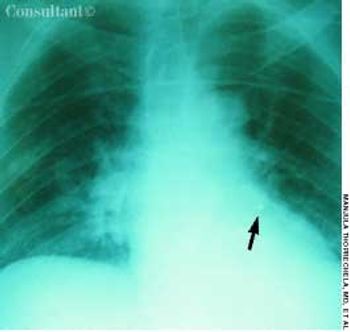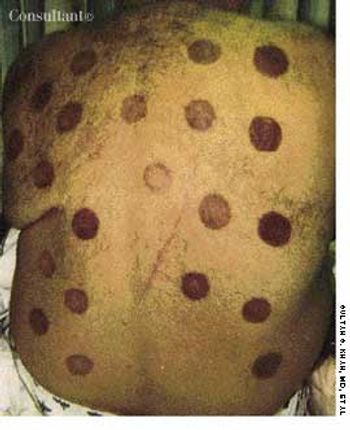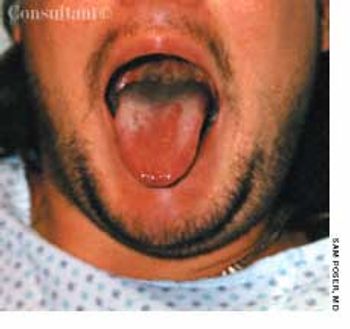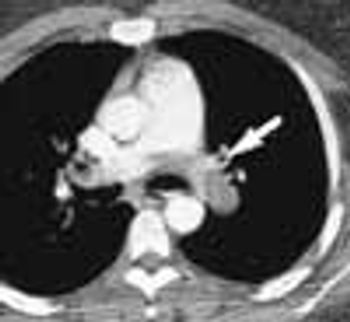
Abstract: There is convincing evidence that controller therapies, such as inhaled corticosteroids and leukotriene receptor antagonists, provide many benefits to patients with asthma. These benefits include decreased symptoms, improved lung function, reduced frequency of exacerbations, and improved quality of life. Even patients with mild asthma and normal lung function can benefit from controller therapy. A recent analysis of the burden of asthma suggests that the proportion of patients who have mild intermittent disease is much smaller than previously estimated and that many more patients have persistent asthma. This finding, in combination with the considerable variability of patient responses to therapy and the difficulty in predicting which patients will respond, underscores the importance of considering a trial of controller therapy in patients with asthma.















































































































































































































































































